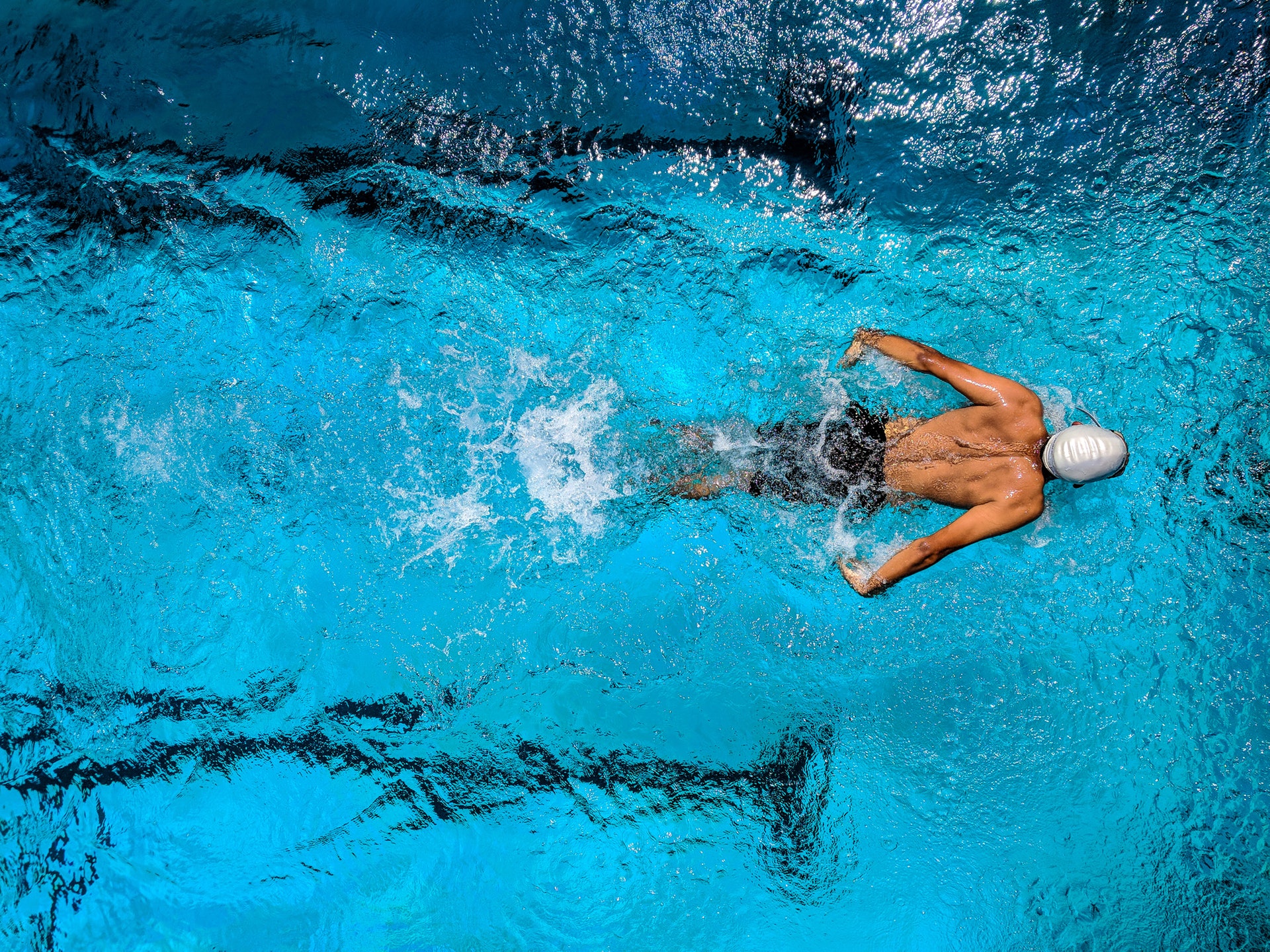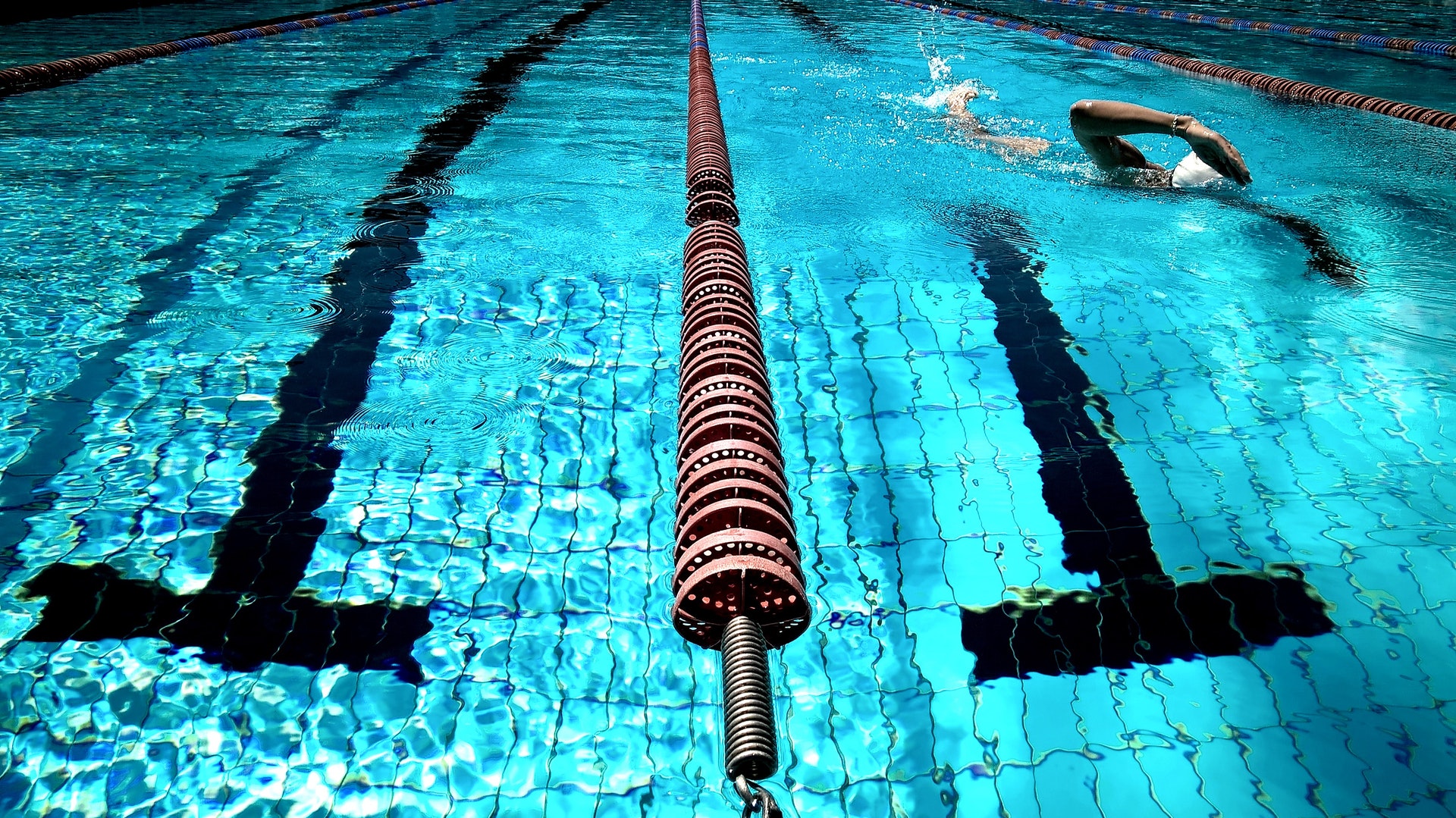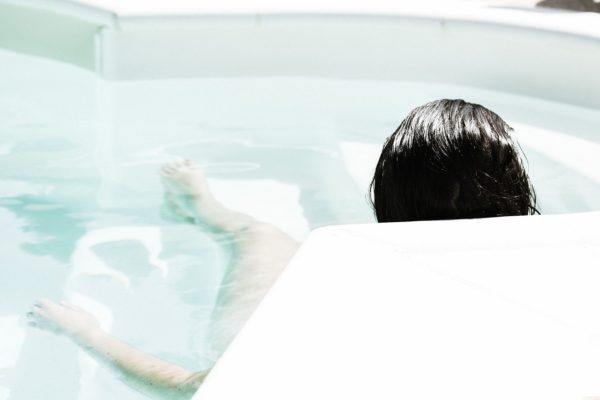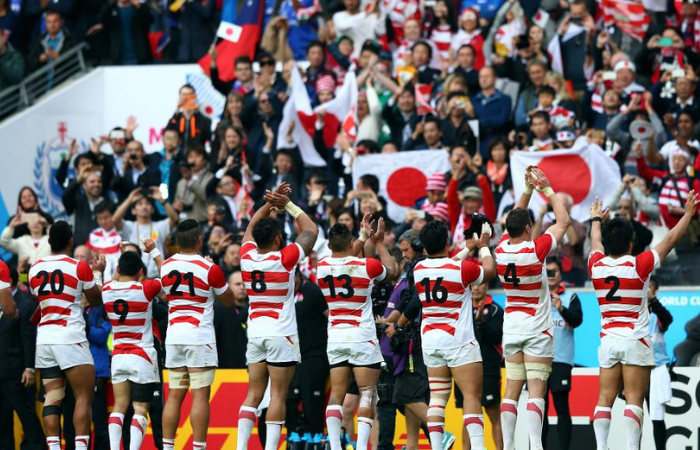It’s the end of summer but the weather is still hot and humid. If you’re like me, you are probably tired of being stuck in air-conditioning all day and want to venture out for a more cultural experience. If so, look no further than your local Japanese public swimming pool. It may not seem very exciting, but going swimming in a local public pool is one of the most uniquely Japanese experiences I have had since moving to Tokyo and I would argue is an easy way to both experience and participate in Japanese culture and customs. However, in order to participate, there are some very important rules of etiquette you should know in order to be prepared.
Where to Go
Tokyo is divided into 23 wards and each one has a sports center or complex which almost always includes a pool. There are also other swimming pools that can be found with a quick Google search. For the public sports centers, they are usually open from morning hours until at least 8:00 or 9:00 pm to accommodate people who want to exercise after work. Some of these sports centers restrict admission to people who live or work in that ward (and can provide proof), while others are open to all public. Just be sure to check rules, guidelines, and hours online in advance if there is a particular pool you’d like to go to. Pool admission will cost around 300 to 500 yen, depending on the area and kinds of admission. In addition to paying an admission fee, be prepared to buy other items that might be required, such as a locker.
What to Bring
Preparing to go to the pool in Tokyo is trickier than you might expect, especially for women. For starters, leave your bikini at home. Although there is no rule against two-piece swimsuits, most Japanese women (ALL that were at the pool I went swimming in) not only wear a modestly cut one-piece swimsuit but also wear swim shorts and/or a rash guard when they go to the pool. Again, this isn’t a rule, but you might get extra attention if you’re not dressed according to the norm. For men, there was a mix of shorts and speedos as well as men who would go shirtless or wear a rash guard.
Perhaps more important than swimsuits are swim caps. All pools require you to wear a swim cap, whether you are actually in the pool or not. These are required for cleanliness reasons and the pool attendants are very strict on this rule. Fortunately, for men, beards are not a problem. You can bring your own swim cap, but most pools also offer them for sale and some may even require you to buy one if yours is not up to regulation standard. Just be prepared for this and don’t be surprised if you are denied entrance (or later rebuked) for not having a proper swim cap.
In addition to the swim caps, pools usually offer rental towels and other equipment. Pools in Japan typically don’t allow any equipment that isn’t rented from the complex itself except swimming goggles (there may be some exception for some children’s pool accessories). Don’t expect to pull out your massive blow-up couch, for example, to bask in the sun or even to be allowed to play up with a blow-up beach ball. Pools in Japan are meant strictly for swimming for exercise purposes, and this rule is also strictly enforced.
Before Entering
Like with most places in Japan, you’ll be expected to take your shoes off before entering the pool area (and sometimes even building). Some people bring an extra pair of shoes to wear inside but you are also allowed to go barefoot. You’ll be expected to put your personal items in a locker that will be assigned to you, as nothing is allowed in the pool area except for towels (and goggles). Once you get everything in a locker, you’ll need to put on your regulation swim cap and rinse off well in the shower area before entering the pool area. It’s important that you do not bring or use any shampoo or soap or any other product in the shower areas. They are not allowed. These pools aren’t meant to be public baths and additionally, soaps and shampoos could make the floors slippery and therefore dangerous. Just give yourself a good rinse down and get out of there.
Before you enter the pool area, you need to make sure all the tattoos you have (if you have any) are thoroughly and sufficiently covered otherwise you may be kicked out of the pool. This is another strictly enforced rule in Japan but it is not a problem if your tattoos are well covered, either under a rash guard or with a band-aid. Similarly, I’ve been told that you shouldn’t have make-up or even nail polish on your nails if you go into the pool, but I am not as sure of the strictness of those rules. Finally, make sure you have removed all jewelry, all piercings, and any other accessories (even sports watches or fitness trackers) as they are not allowed in the pool.
In the Pool
Once you finally manage to get into the pool area, you’ll notice there are many different swimming lanes and areas as well as a sufficient number of benches and places to sit. My advice is to sit and watch what everyone else is doing before getting in. You’ll want to make sure you are in the right speed and directional lane for what you want to do (usually there is a water aerobics area, a slow lane, medium lane, and fast lane, and a somewhat free both-directions lane, although be careful and very aware of others in the pool if you do not want to be whistled at). Finally, I hope this goes without saying, but don’t get in the kid’s pool if you are not a child or do not have a child.
One of the most interesting parts about going to the pool is that there is a required hourly break. Either a bell will ring or a certain melody will play over the speakers communicating to everyone to get out of the pool and rest. This is not optional. You can either sit on a bench for five minutes or join in lifeguard-led stretches but either way, you have to get out of the pool. The lifeguards use this time to do a quick safety check and sometimes to switch duty. They also don’t want anyone to tire themselves out. It may seem like a hassle, but just embrace it! You can chat with your fellow swimmers during the break times if you are confident enough.
Just Follow Along
All in all, it is best to just follow along. Especially if you cannot speak any Japanese, just wait and watch what others are doing and them follow by example. If everyone gets out of the pool, get out of the pool. And if everyone is swimming one way, don’t swim the other way. Japanese culture takes rules seriously and for good reason- Japan’s pools are some of the cleanest and well-run I have ever seen. As long as you follow the rules outlined above, you’ll have a relaxing (albeit regulated) time before the autumn weather finally sets in.
ADP / United States









